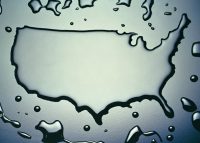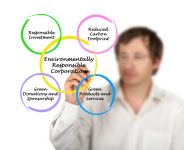The Truth about CSOs
Here’s the Problem About 700 U.S. cities, concentrated in the Northeast, the Great Lakes region, and the Pacific Northwest, have combined sewer systems (CSSs). CSSs link sanitary sewers and stormwater conveyances to outfalls to surface water bodies. When the weather is dry or moderately wet, the CSS carries both urban street runoff and sanitary sewage […]










